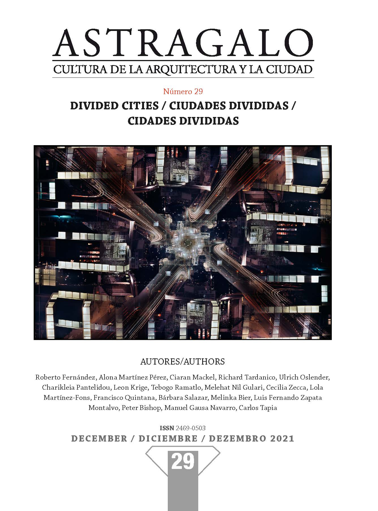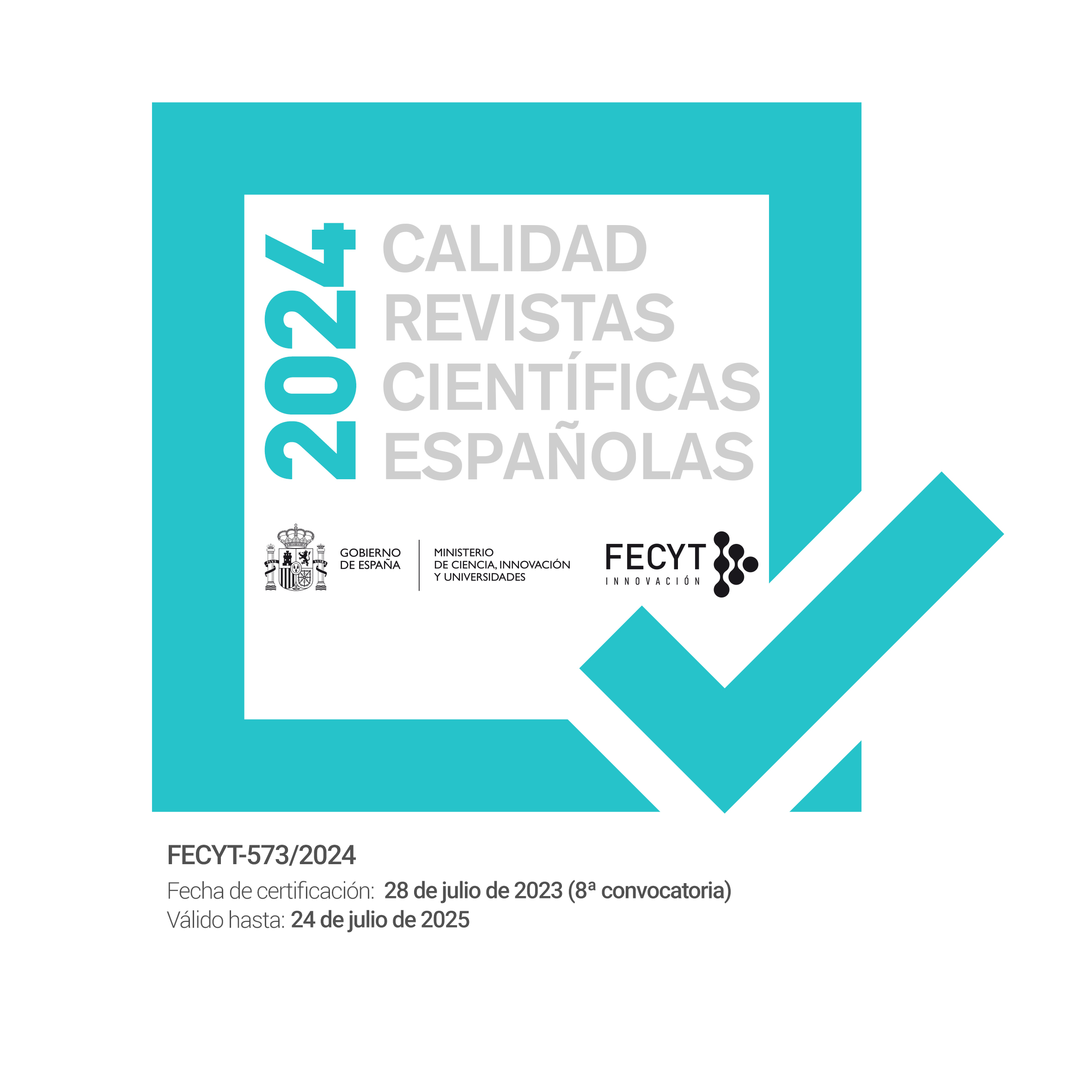London – Planning Integrated Communities
DOI:
https://doi.org/10.12795/astragalo.2021.i29.13Keywords:
Regeneration, social inequalities, divided cities, Kings Cross neighbourhood, barriers in the cityAbstract
The term ‘regeneration’ has become ubiquitous in urban planning and is often used loosely to describe many urban interventions, including those of a purely commercial nature that renew (and often destroy) urban fabric purely for private profit. There is nothing inherently wrong with development for profit, but regeneration should imply something subtler, complex and multi-faceted. If, as urban practitioners, we ignore the social dimension of urban change and fail to redress existing imbalances then we are complicit in perpetuating social inequalities. Urban regeneration should be driven by an agenda to improve social wellbeing. As practitioners we have a moral imperative to address inequalities and develop design strategies to remove barriers to social integration, real or perceived.
On the surface, London appears to be a multi-cultural city without the political or stark socio-spatial divisions that are seen, for example, in the banlieues of Paris. There are wealthier and poorer neighbourhoods of course but, due to its history and post war planning policies, most neighbourhoods are socially mixed. The divisions in London, however, are subtler and fine grained. The city is open (and indeed there are few, if any areas that are too dangerous to enter) but perceived barriers exist – invisible lines that divide the city, isolate some of its inhabitants and inhibit social mobility. This paper will look at the conditions that create divisions in London and will examine strategies that can break down the physical and psychological barriers within cities. It will use the Kings Cross regeneration scheme as a central case study.
Downloads
Metrics
References
Argent St George. July 2001. Principles for a Human City. A document prepared by Argent St George, the selected developer for King’s Cross Central, and the landowners, London and Continental Railways and Exel.
Argent St George. December 2001. Parameters for Regeneration.
Argent St George. June 2003. Framework Findings - An interim report on the consultation response to ‘A Framework for Regeneration.
Bishop, Peter and Williams, Lesley. 2016. Planning, Politics and City Making – a case study of Kings Cross. RIBA Publishing.
Camden, London borough of. June 2002. King’s Cross – Camden’s Vision.
Chase, John Leighton, Crawford, Margaret and Kaliski, John (ed.). 1999. Everyday Urbanism. The Monacelli Press, NY.
Evans, Robert. 2008. “Planning and the People Problem”. Journal of Planning Law, Issue 13: 92.
Fisher, Roger and Ertel, Danny. 1995. Getting Ready to Negotiate. Penguin Random House.
Gehl, Jan. 2011. Life Between Buildings: Using Public Space. Washington. Covelo, London: Island Press.
Glass, Ruth. 1964. London: aspects of change. London: MacGibbon & Kee.
Greater London Authority. 2004. London Plan.
Kleihues, Josef and Klotz, Heinrich. 1986. Internationale Bauausstellung Berlin 1987: Beispiele Einer Neuen Architektur. Ernst Klett Verlage.
Moore, Rowan. 19 October 2014. “All Hail the New King’s Cross”. The Observer, The New Review 19, 28-29.
Tempest, Matthew. 15th October 2004. Police stifle Canary Wharf protest. The Guardian
Urban Land Institute. July 2014. Case Study: Kings Cross – London, United Kingdom. http://uli.org/case-study/uli-case-study-kings-cross-london-united-kingdom/
Urban Task Force. June 1999. Towards an Urban Renaissance, chaired by Richard Rogers.
Downloads
Published
How to Cite
Issue
Section
License
Copyright (c) 2021 Peter Bishop

This work is licensed under a Creative Commons Attribution-NonCommercial-ShareAlike 4.0 International License.
Accepted 2021-11-15
Published 2022-02-07
- Abstract 686
- PDF 185


















